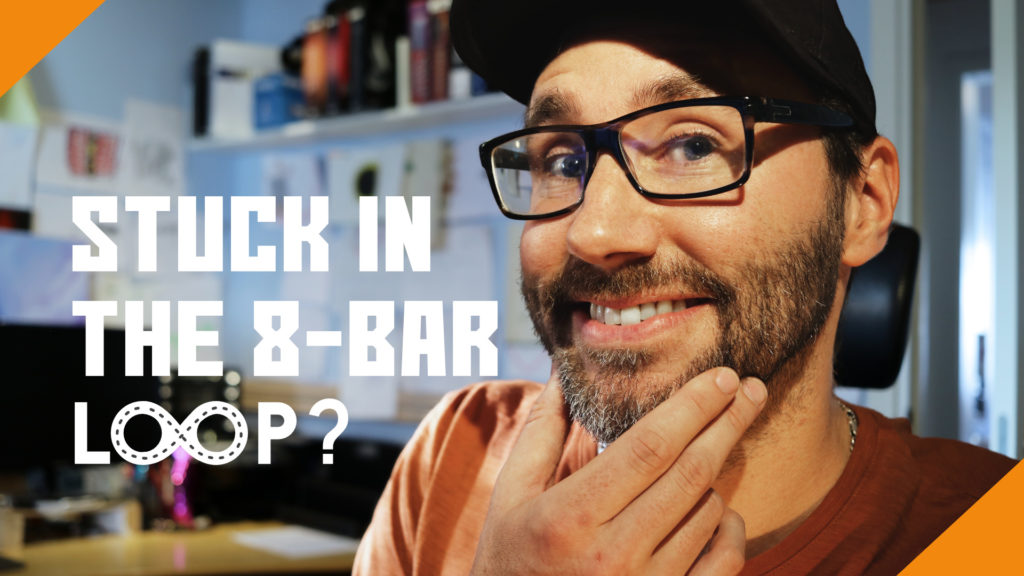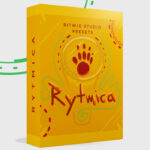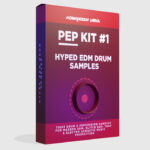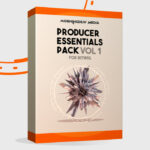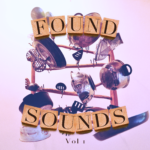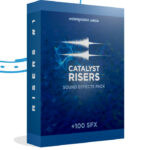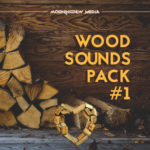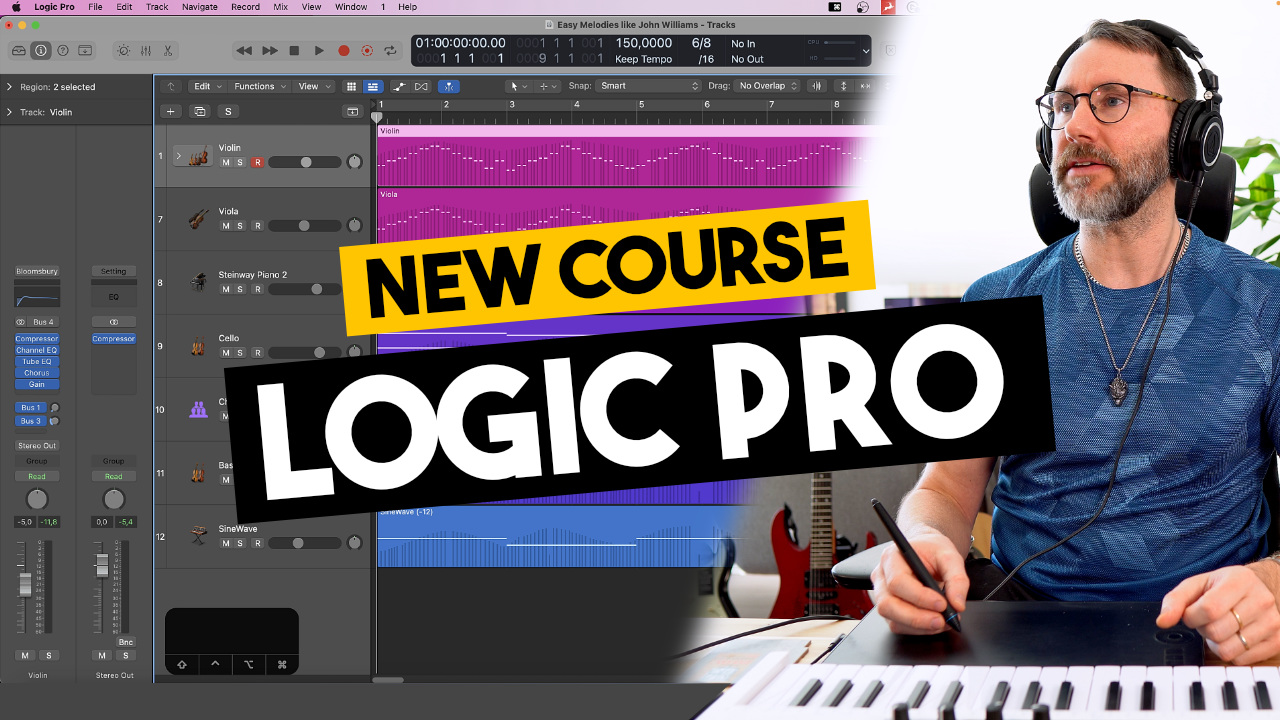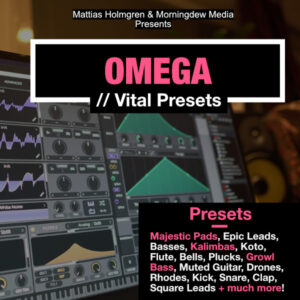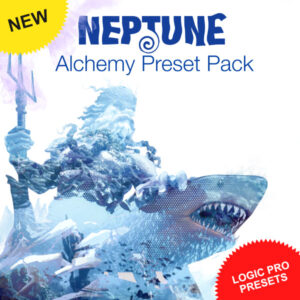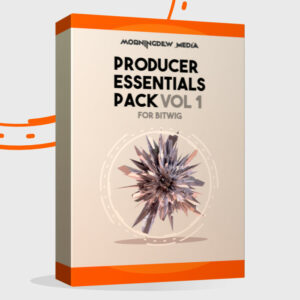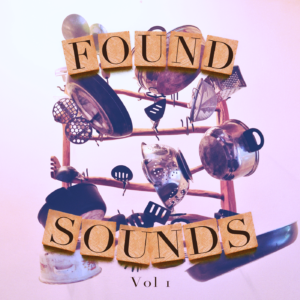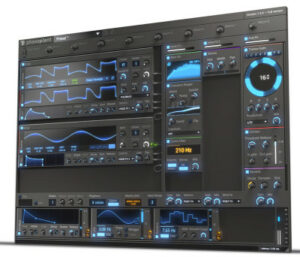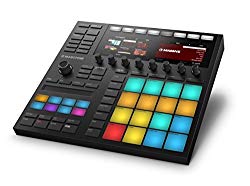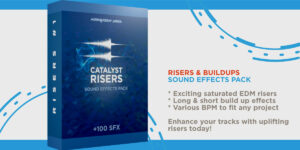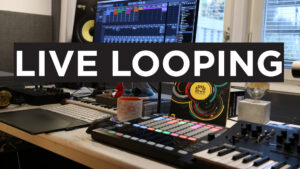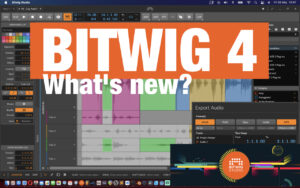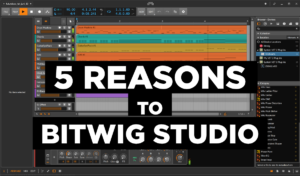Are you stuck in the 8-bar loop?
Finishing music is an art in Itself.
Everyone can write a chorus drop.
…Or let me re-phrase that: Everyone can imitate a YouTube video tutorial and make an epic drop similar to the professional producers and artists.
But to take the track further and actually finish the song you need to do some additional time consuming work, like arranging. Expanding that simple short 8-bar loop into something more. Building a complete cohesive song.
Are you stuck in the 8-bar loop?
Everyone hits a creative block from time to time.
My name is Mattias and I’m a designer & composer for games, media and film. And I am just like YOU, a creator who also face barriers from time to time. But with time I’ve learned some tips and tricks to overcome those creative blocks.
I learned to master my fear of failing, and be able to look past the “misty mountains”.
A few years back I was writing game music loops for a few companies ( Come2Play, Peak Games, Mind Juice Media etc.). I was writing short loops on deadlines all the time for games liked; Backgammon Live, and Sloto Lotto. These were all about 1 min in length and I got really good at writing these short and seamless loops in various genres and moods.
Write more music – faster
When you write cues on a deadline you have to be really creative and you can’t just get a writers block in the middle of a project. You have to deliver, and deliver awesome content. Thus I discovered these tools and tricks to help me write more music faster.
Therefore I want to plant some ideas and a mindset to help you defeat your creative blocks when they appear.
In this article I want to address the struggle many creative artists face when creating content. This post is for everyone facing barriers when trying to finish creative work. I hope you find the information useful for any of your creative endeavours. May it be art, music or some other work you are doing.
The mountain of fear – it’s like climbing K2.
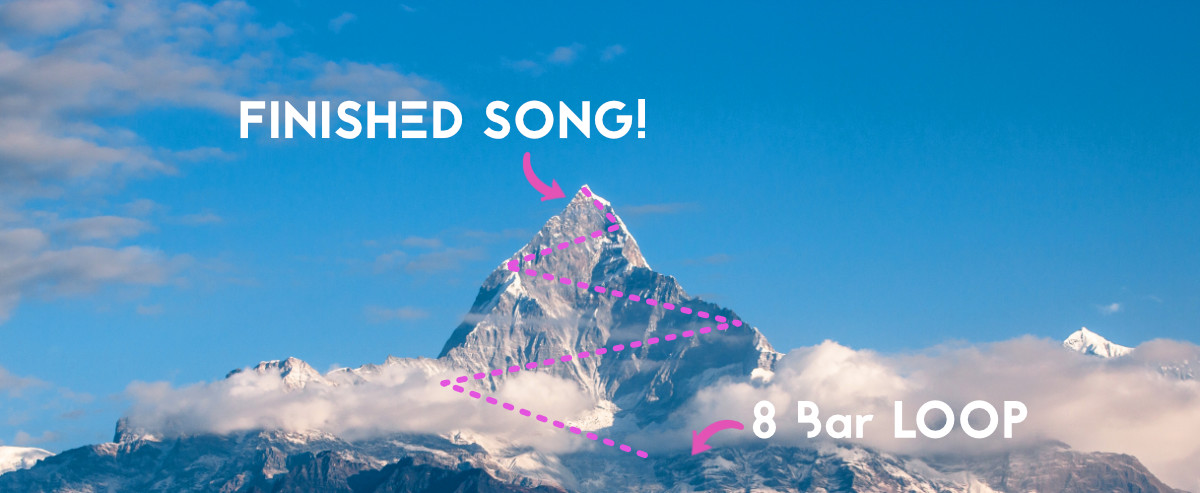
If you are just starting with a new song your inner devil might appear and tell you that the mountain you are about the climb, is way beyond your mortal reach. The cloudy top up there might just have been made only for the gods themselves.
I know the feeling. You might feel discouraged to continue. There are so many paths to choose, so many ways to begin. So many ways to trail off on that winding path up that steep mountain.
Wouldn’t it be great to turn off that anxiety and regain our focus?

Are you ready to get back on the trail up the mountain? With improved confidence and a big staff like Gandalf to lean upon?
I thought so!
Let first take some statements from the “dusty mountains” down to earth and solid ground.
It’s easy to think that to write a song you need;
- 100 Chords, 100 melodies and 100 layers Of synths.
- The most expensive keyboards, samples and Gibson guitars on the planet.
- Advanced and technical drum programming.
- Spend a week writing the perfect chorus.
- Your lyric needs to be a poem.
- The greatest most angelic voice to sing on the track.
- Spend another week arranging and mixing.
- Master the track in the most expensive studio.
All these statements are of course all false.
Well, maybe if you are playing in Dream Theatre, or some other über progressive band like Symphony X (ahhh…I really like the album Divine Wings of Tragedy). If that’s the case you might need a few more chords, wild melodic content and a drummer from another planet. 🙂
Boost Your Productions – Pristine Sound Packs
We tend to be pretentious about our craft and precious melodies.
Perfecting each piece of that first few bars. The melody, chords, drums, percussion, sound design and instruments. These are all things that we spend hours and hours on, just to write that one 8-bar loop. I know, I do it too. We are artists and we want the outcome of our work to shine and the next piece should be our greatest work ever.
Just forget all about this time consuming work and processes that basically keeps you from progressing.
Zoom out to a more comfortable place where you can define a foundation for your song and get you in a better position to progress.
Ease up the work, start out like a minimalist and simplify your process to complete the backbone of your song.
Music comes in the most basic of form.
-Is it a circle? Are you talking about the circle of fifths in music theory?
-Not really in this case.
My idea of music is that it exists in the moment you have an instrument in your hands and play two chords and sing a melody on top.
In fact the songs I am most proud of was written with an acoustic guitar and my voice in just a few hours. It might have been a Friday evening when I got inspired by a topic and just picked up the piano or guitar and sang from the heart. At least some of my most fun songs was created that way.
Sporadic and with little preparations or gear at hand.
I know that not every producer today are comfortable with an instrument, or play any instrument at all. But that does not prevent you from making great music. It’s all about ear, heart and mind…and ideas.
Listen to your heart, like the band Roxette sang in the 80s. =)
How to set the foundation for our song?
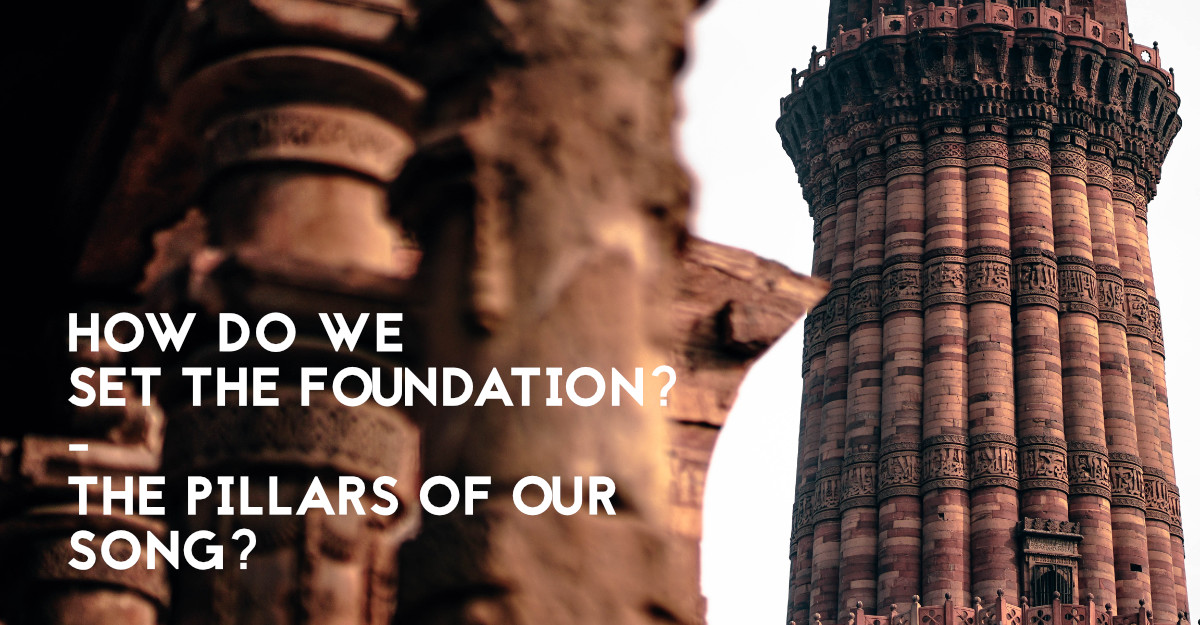
Where do we start? How do we go from nothing to something? Importantly, how do we create some steady pillars to lean upon. Something to help us push forward in the writing process?
Begin your writing session by breaking down the sections of production into the following parts / pillars.
- TEMPO – Select a tempo. Do you want to write a fast track, a slow ballad?
- MOOD – Select a mood. Is it a sad song or is this a positive uplifting euphoric epic track?
- GENRE – Select a genre that you love and listened to a lot. It’s always easier to write something that you know and your ear is used to.
Therefore by defining this foundation and placing these pillars of the song you already have a great start in your writing process. You will have a solid trajectory leading you forward.
Continue by picking a scale or chord progression and you have a fourth pillar to make your songwriting easier.
4. SCALE / CHORD PROGRESSION – Will give us direction and make it easier to write a melody.
How to finish songs faster!
If you have musical ideas in your mind and heart, you are well equipped to start out producing music. Therefore let us start by creating the first snippet of our song. The important first 8 bars of the track that we can use to extend the loop into a more full arrangement.
Creating the first 4 bars of your song.
Since this article is about finishing music we will play by the rules and minimalize our instrumentation during the writing process.
Keeping things simple makes it easier for us to progress and not get stuck in details of too much sound design. We also make sure to use pre-processed samples. What that means is that we are using samples from sample packs or sources where the sounds are ready for production. Importantly, we do not want to dig into too much EQ’ing and having to cut and carve the sounds too much to fit them into our song mix.
Make sure to use good pre-processed samples and loops from the start.
Actually don’t even think about the mix. Think about the flow of the song, the melodies.
Don’t add too many layers. Not just yet!
Even if we are using instrument layers, which makes it easy for us to replace an instrument. It’s just a simple fact that the more things we add to our arrangement view in the DAW – The more things we will see. And it will affect us, unconsciously. There will be more content to think about and react to. We don’t want to clutter up our workspace, do we?
If you find yourself stuck and can’t write more than 8-bar loops. Be sure to leave the layering to future writing sessions when you have gone past that barrier. And things are feeling less tiresome.
Furthermore, you can always beef up those synth lead parts later when you feel that the melody flows.
Extending a loop from 4 bars into 8 bars.
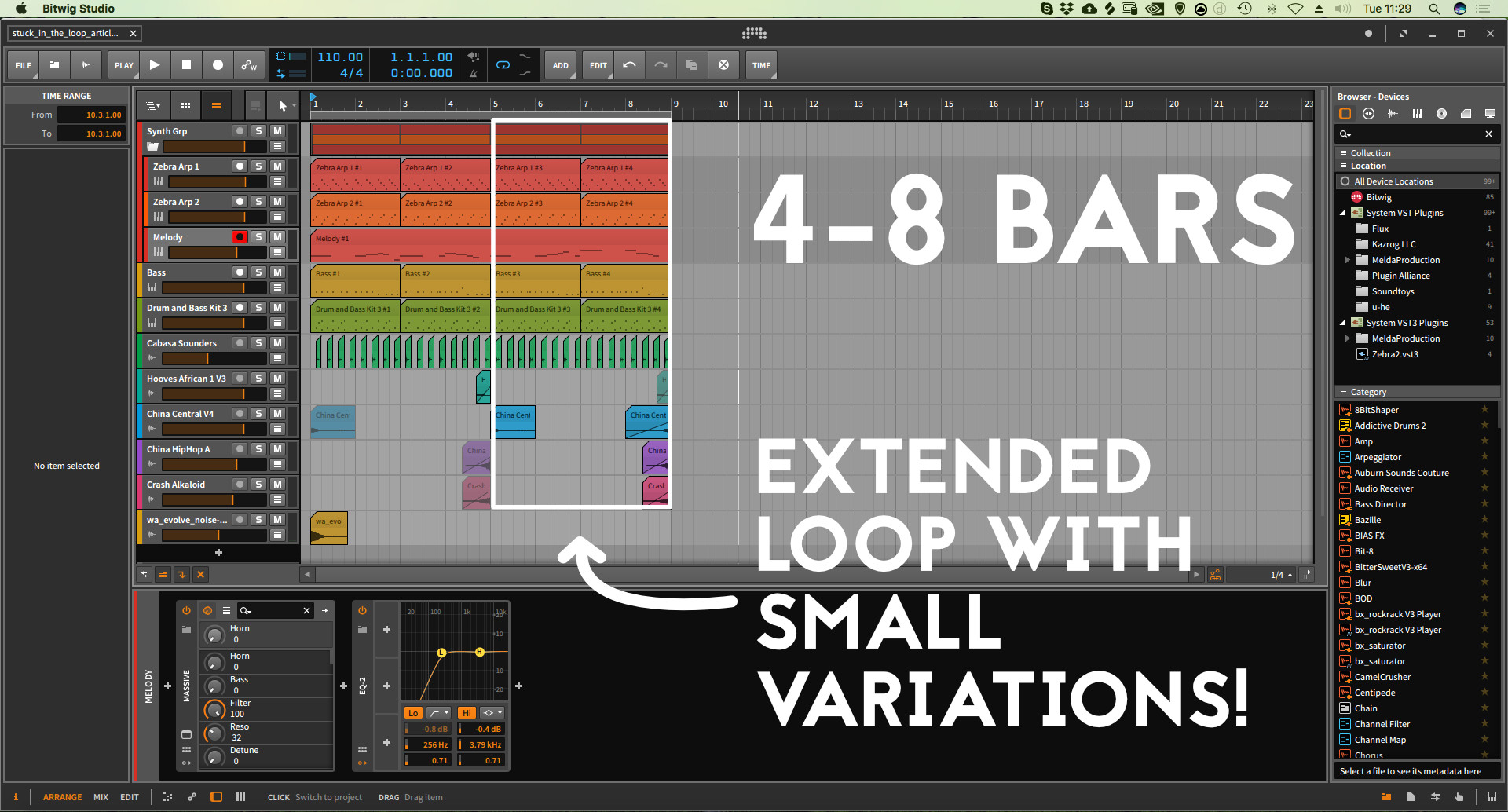
Copy and paste / double up the first 4 bars so you have 8 bars of music.
Make subtle adjustments to the percussion and background melodies.
Now determine if you want to have the melody over 8 bars or 16 bars. It’s up to you. In the example I created the melody over 16 bars.
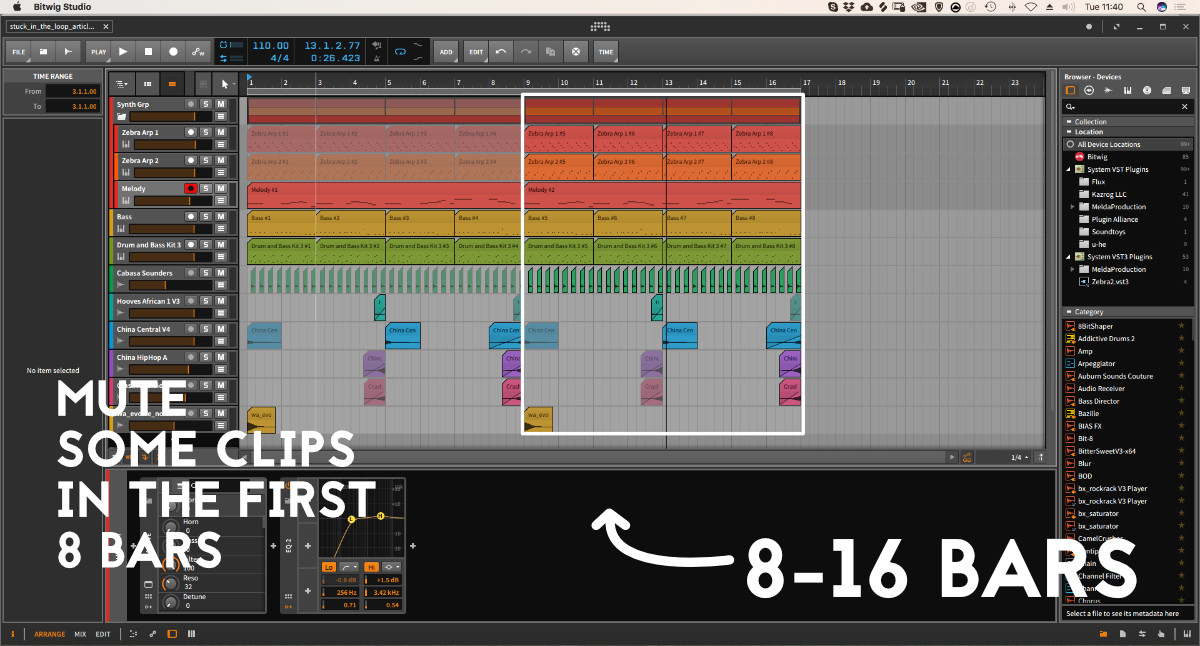
Let’s say you wrote a 16-bar loop for a chorus drop (like in the image above) with one main melody instrument, one chord patch, one bass patch and some drums (and some light percussion). Therefore we now have the foundation set for our track.
We really did all the hard work which we can use to extend this “loop” into a more full song. Now it’s just a matter of copy, paste and mute. And maybe add some subtle variations in the extended parts.
Create the verse by expanding the loop into a new section of our song.
No we can copy and paste this 16-bar section (chorus drop) to another section of our song. Maybe this new section can be transformed into a more laidback and lush verse!?
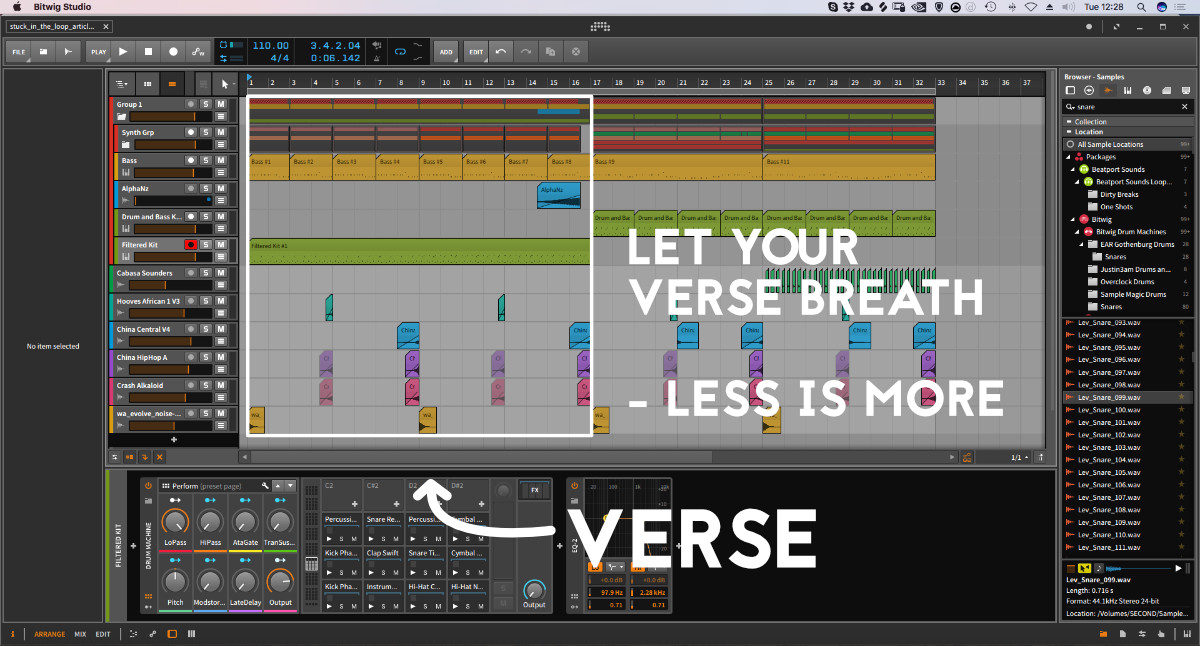
Remove some of the instruments and make the verse more bare and “naked”. Replace some hard hitting drums with more delicate and light hitting percussion or shakers. Generally you want the chorus of your song to be the most powerful place of your track so keep things gentle and light on your verse.
Importantly this makes sure we have dynamics in our track and that our track probably will sound more interesting. At least the chorus will hit harder.
How can we create an intro for our song?
There are many tricks to make an interesting introduction to a song First listen to some of your favourite artists and listen how those beginnings are crafted. Are they using sounds from the verse / chorus? Is it a completely different chord progression, melody or sound that is not heard anywhere else in the track?
How do they present the melody? Do they use references from the chorus lead melody, but a simplified version with less notes?
If you ask these questions you will probably end up with plenty of options for your own intros and ideas to help you design a cool introduction.
Creating an intro for our track.
Take an instrument from the chorus (or verse) and do some drastic effect layering on that instrument, render this as an audio file and use it as your intro. I explain this intro sound design trick more thoroughly in the video – Stuck in the 8-bar loop.
Stitch your song parts with some exciting transitions to build anticipation.
Furthermore, it’s time to spice your song with nice transitions to stitch all your parts together. I did a video and article on transitional techniques in music production which can give you some tips for creating unique bridging sounds.
How do I finish my song?
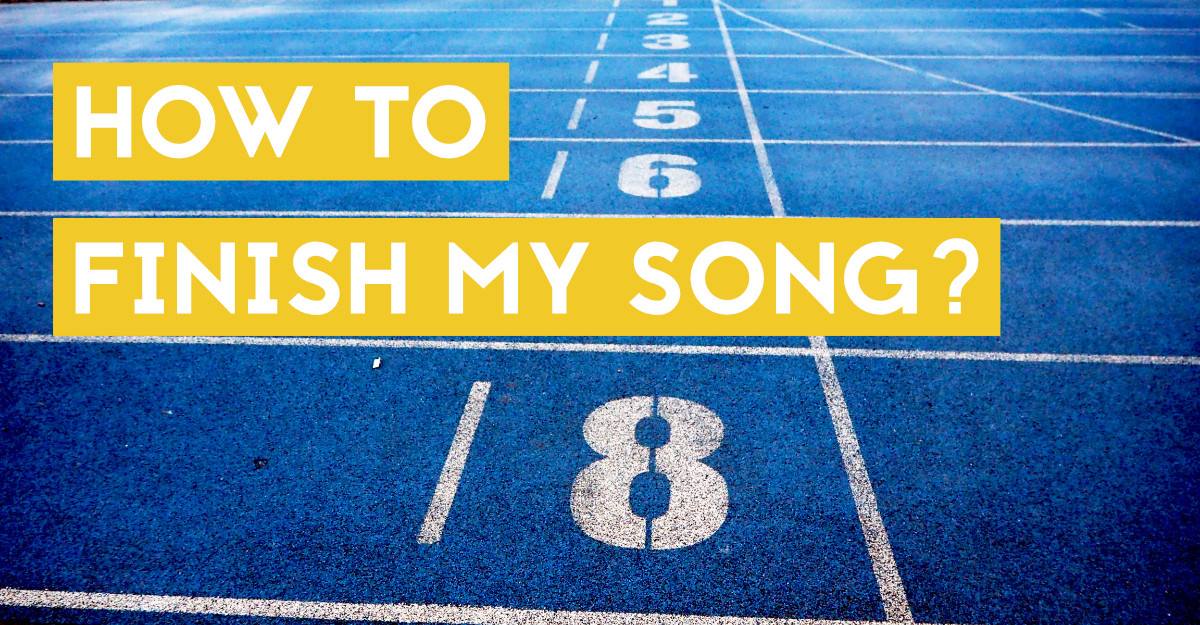
To finish your song you repeat the steps above, copy your loop into a new section and refine it to something unique. But remember to not overcomplicate things. As soon as you find yourself fiddling with too many sound design settings, take a step back and rethink the purpose of your songwriting / arranging session.
Remove, add, reverse, replace and try different things. Don’t worry if it sucks. With time your skill WILL improve.
But if you keep doing one simple loop and working on that simple loop for hours. Your ear will tire, your mind will re-tire. Ultimately you might get a creative block for a while.
So loosen up!
Proceed to the next section. Make the whole arrangement like:
intro, verse, chorus, verse, chorus, bridge, chorus and outro. Or maybe you work with the naming convention like; ABABCB. As long as you flesh out the whole song in it’s total length you will be fine.
Have you written 3 minutes of music now? Good!
I hope this article “Stuck in the 8 bar loop” will give you some ideas and a creative mind set to help you out of the loop.
Let me know how your musical adventure goes.
Thanks for checking in!
If you have any questions, feel free to contact me via the contact page.
AUTHOR – Mattias Holmgren / Creative Director
@ Morningdew Media
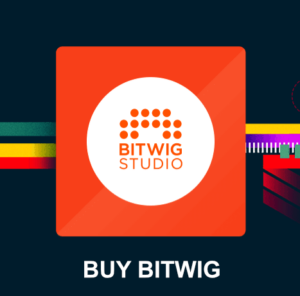
What gear I use in the studio? Check out the Resources Page.
Join my exclusive community: https://www.patreon.com/gelhein
Be sure to sign up to our newsletter for new exciting articles in design, music production and sound design.
